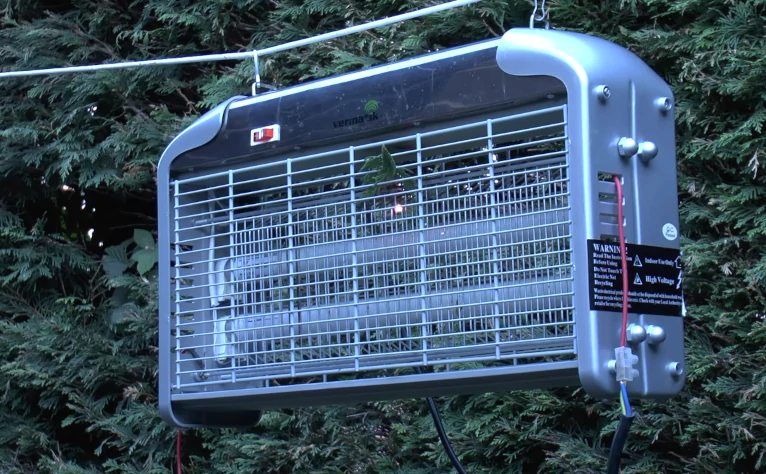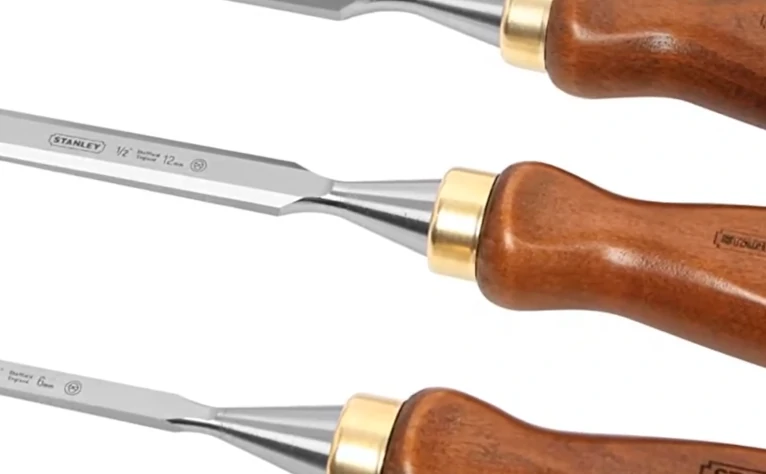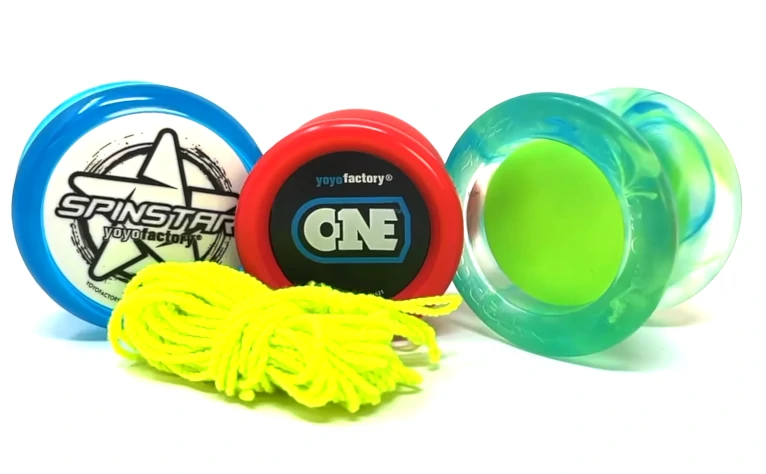Solar Water Heaters Buying Guide

In our generation that is full of advanced technologies and incredible science, making our lives comfortable and tasks very convenient to finish, power supply seems to be interminable and abundant. However, the actual truth is that the energy sources found in our planet is gradually diminishing and fading away because of our daily demands and fast-paced routines. We are bound with everyday’s rushed activities such as taking transportation for work or for school, driving in the highways, using machineries from manufacturing companies or at the hospitals, and even cooking at home. Due to these human activities, we already have the mindset that everything should be done quickly. Moreover, because of such thinking, various innovations have come forward to introduce better ways of living. Little do we understand that the convenience of science and technology can wreak serious disturbance towards Mother Nature, most especially with the natural resources such as the forest, water, oceans and trees.
Luckily, there are manufacturers that have thought of a solution to provide households the means to help in preserving our planet, and to be green in some way. Solar water heating devices are engineered to retrieve and to collect solar energy from the sun, then the energy is utilized for household consumption. This is the right time to invest in solar water heaters because not only they offer greener lifestyle, but they are also helpful in lowering down your electrical and gas expenses. The water heating costs in your electric bill can be lowered around 50% to 80% in each household, assuming that the solar water heater is properly installed and maintained.
In order to familiarize yourself with solar water heaters, below is the buyer’s guide towards choosing the perfect solar water heating device for you and in your household. It is better to be well informed about the various points to consider before making an investment in this particular device.
Types of Solar Water Heaters
Evacuated Tube Solar Collectors
An evacuated tube solar collector is engineered to utilize an evacuated tube to convert solar energy into usable heat, which is very helpful in household usage such as pool heating, hot water heating and even air conditioning. This type of solar water heater comes in various sizes depending on the needs of the whole family.
The main component of this type of solar collector is the evacuated tube because it is responsible for the conversion of raw energy from the sun into usable heat. A typical evacuated tube solar collector is composed of several evacuated tubes with borosilicate glass shells that use a vacuum space to provide heat loss protection. When solar energy is captured in the tube, it needs to be preserved inside to prevent solar wastage.
The vacuum-sealed glass tube takes hold of the solar energy, speedily heating a particular non-toxic heat-transfer fluid in the copper heat pipe. Then, the heated fluid ascends to the topmost area of the pipe, wherein the fluid already heats up the water. The water is in circular motion with the help of the copper inside the insulated aluminum header. Once the heat-transfer fluid cools down, it returns to the bottom of the heat pipe to be heated again. The cycle continues as long as there is an ample amount of solar energy.
The primary features that an evacuated tube solar collector should mostly have (but not all) are the following:
- The device should be easy to maintain or it must possess minimal maintenance so that you may not have a difficult time in keeping the collector in its stable position from time-to-time.
- It must have the necessary evacuated tubes with glass shells that are reliable and efficient to trap the solar energy.
- It must have an internationally recognized seal indicating that the product is certified and tested. Otherwise, you may end up wasting your money in non-certified products, which may also impose risk in everyone’s health and inside the household.
- This type of collector should have copper heat pipes in order to transfer the by-product rapidly.
- This collector should have a stable solar conversion or a passive tracker that can capture solar energy all-throughout the day.
Evacuated tube solar collectors are perfect for domestic use due to its easy first-time plug-in installation, which is important in providing the family the ease in its usage. It is also ideal for commercial use since it has a wide range of sizes that can accommodate large business requirements.
Flat Plate Solar Collectors
A flat plate solar collector harnesses the solar energy to be converted into usable heat for commercial and domestic usage, which is takes on a great effect in reducing electricity cost. This type of collector is coated with a specialized material to intensify the absorption of solar energy.
It is usually a metal box with a plastic or a glass cover, depending on the model that you choose. The cover is placed on top of the box, and a dark-colored absorber plate is placed at the bottom. It is manufactured to look like a box so that it can be easier to mount it on the roof for easy access of solar energy.
The most important element that the flat plate solar collector is known for is the absorber plate because it is tailored to shroud the whole box in order to do three major functions: to absorb as much solar energy as it can receive, to convert the raw solar irradiance, and to deliver the converted heat to the household. An absorber plate is mostly painted with carefully, selected coatings to effectively absorb the heat, compared to painting the plate with some ordinary black paint. The absorber plates are comprised of either copper or aluminum with the best properties of being a good heat conductor. It also has insulation embedded in its technology so that heat loss can be reduced and heat is returned back to the collector.
The chief aim of this type of solar technology is for the usage of residential buildings wherein the demand for hot water is greatly manifested, especially in electricity bills. This also derives that it is suitable for large families or businesses that require hot water in their daily routines or in their frequent household chores. Commercial activities like car washing, eating establishments and laundry facilities usually require hot water, and businesses alike often necessitate solar water heaters that can accommodate large capacities of hot water in minutes. A flat plate solar collector is cost productive because it effectively lessens the expenses in the bill.
Drainback Solar Water Heating System
A drainback solar water heat is a closed-loop, active, indirect system that is manufactured to have freeze protection. The heat-transfer fluid (HTF), which is usually water, is transferred in an unpressurized, closed loop, and is pumped through the collectors. The HTF is separated from water that is still being heated in the heat exchanger. When the pump is turned off, the HTF is drained from the sloped collectors and pipe, leaving them protected from freezing.
The important elements of a drainback heating system are the following:
- A differential controller tracks the water temperature in the collector’s thermometer and in the tank. When the thermometer surpasses the storage temperature set in the number of degrees, the differential controller then activates the heat-transfer fluid pump. Most drainback heating systems have DC pump, powered by a PV module that serves as the controller. The PV module collects sufficient sunlight to start the pump the heat is already ample in the thermal collector.
- A storage tank stores the water being heated by the drainback solar water heating system. This can be an indoor pool, gallon tank, or a domestic hot water tank.
- A reservoir or a tank in the HTF loop plumbing contains the HTF in the collector loop. A gurgling sound is often heard in this system when the HTF is being drained into the reservoir. Air space in the unpressurized reservoir causes the gurgling sound in the system.
- A heat exchanger is used to circulate the heat between the drainback loop and the unheated water. It is usually found inside the drainback reservoir.
The advantages of this type of solar water heating system can be manifested in its product design and the drainback technology it possesses. The heat-transfer fluid loop is not required to be pressurized due to its requirement of air space while draining the hot water. Pressurized loop plumbing has the tendency to leak more rapidly than unpressurized loop plumbing. An unpressurized HTF loop does not require other materials that most pressurized systems have, thus easy maintenance is achieved. This system does not need electricity to turn on its freeze protection capacity, and it has no motorized valves to maintain. If it suddenly runs out of solar energy in its collectors, the pump turns off automatically and the HTF is drained from the collectors in order to return into the reservoir.
However, the expense needed for the drainback reservoir may draw back the economical savings you have with the equipment of this particular solar heating system. Still, installation process is already simplified due to minimal parts in the device. It also has a glycol antifreeze that is reliable in providing freeze protection. Although, glycol requires extra maintenance because it tends to be acidic when the device overheats often.
Active Open Loop Solar Water Heating System
An active, open loop system is one of the simplest solar water heating system ever engineered, and one of the most economical active system suitable for small households. The system functions at standardized pressure, which means that there is no present heat exchanger. It utilizes pumps to move the water through the collectors, which makes the process very efficient to think about. Heat is transferred directly to the water with no other processes involved. It is that simple.
Active, open loop system effectively lowers your utility bills because of the solar energy it uses to provide you with renewable energy. However, this particular system is not advised to be employed if your water supply is acidic or hard because there is a tendency that scale buildup and corrosion may form and disable the system’s functionalities.
Open loop solar water heating system is an appropriate choice for tropical areas where solar energy is ample. It is unsuitable for open loop systems to be installed in freezing climates in a long period. A recirculation system is a specific type of an open loop system that offers freezing protection. It utilizes system pump to motion heated water from tanks through the collectors and pipes when the temperature becomes cold. Take note that the freeze protection must only be turned on when temperature is really freezing, otherwise, continuous usage of such feature may waste the stored heat.
Open loop systems have a differential controller that monitors the temperature of the solar collector. When the controller detects warmer water than the water at the bottom of the tank by four to five degrees, the controller then activates the pump to circulate the cold water through the solar collector.
Its advantage entails its highest operating performance due to its minimal parts and processes, but still capable to heat water.
Passive Solar Water Heating System
A passive system mostly depends on heating pipes or heat-driven convection to circulate water. It is actually cheaper and has very low or no maintenance at all, however, its efficiency in heating water is momentously lower compared to active solar heating system. Moreover, passive systems are susceptible to freezing and overheating.
There are two types of passive solar water heating systems:
- A thermosyphon system is when warm water arises as cold water sinks. The collector is installed below the storage tank to indicate that warm water still rises into the tank. This type of passive system is reliable but it is required to have special and cautious attention when installed onto the rooftop due to its bulky storage tank. It is commonly more pricy than an integral collector-storage passive system. It has an insulated storage tank that relies on the science of using heat to move water through the system.
- An integral collector-storage (ICS) passive system is best utilized in areas with very freezing temperature. It is also dependable in households with high demands of hot water. Cold water goes through normal water pressure at the bottom of the tank while hot water rises on the top of the tank. It is engineered to tolerate freezing temperature.
Passive solar water heating systems are among the best-selling heating devices in the matter due to their tailored simplicity and extremely low maintenance feat with no pumps, controllers and other wirings that most heaters have.
Features
In order to fully benefit the technological wonder of having a solar water heater in your household, consider the following features that most solar water heating devices have. The more features that the device has, the more expensive it is, and otherwise. Nevertheless, it is still your preference if you want to invest in a solar heating device with the maximum features or the minimal one, as long as the solar water heater you prefer fits your requirements at home.
Anti-scale buildup
Some solar water heaters form scale buildup while circulating water through the collectors. Consider solar heating devices with anti-scale formation because scale can minimize the lifespan of the heating process inside the solar water heater. However, investing in a more expensive solar water heater that offers longer lifespan compared to others is unnecessary. You can simply choose a device with a 12-year warranty to cover the damage that scale has produced with your solar water heater device.
Heating source
The heat source that solar water heating devices use is obviously the solar energy. It is a renewable energy and the cheapest heat source ever utilized by man. Electric bill does not need to rise up when you get your energy source from the sun. Electric and gas sources are expensive, and their prices often increase from time to time.
Warranty
Mismanagement of solar water heating devices is sometimes inevitable, that is why a warranty is constructive and relieving for you to use in case your device is not functioning properly. For most solar heating devices, the coverage typically covers three to 12 years. Sometimes, you need to pay more in order to have longer warranty periods. The best choice is to choose a device with the most practical warranty coverage.
Glass-lined storage tanks
A storage tank is used to store hot water and cold water together. Having the storage tank to be glass-lined, corrosion is reduced that is usually occurred inside the solar heating device. A coating layer is applied to the inner steel of the tank, and is heated to compose a protective, porcelain glass-like layer.
Space requirements
Solar water heaters vary in sizes depending on their capacity. Some heaters are large enough to accommodate heating water for big families, commercial buildings, and businesses, while others are small enough to be positioned on the rooftop for smaller families.
Digital displays
Most of the high-end solar water heaters have digital displays that are helpful in monitoring your preferences and in customizing heating operations. The displays often include tank and collector temperatures, pressure readings and other related data.
Brass drain valves
The valves are utilized to supply cold water to the storage tank, and they are located near the base of the heater device. Some devices have plastic drain valves, usually the cheaper ones. But a brass drain valve is more durable and more stable to use compared to plastic drain valves.
Considerations
Climate
Solar water heaters are manufactured to specific temperature to accommodate wide range of customers worldwide. Some heaters can tolerate freezing climate, while others are geared for tropical climate. You need to consider the kind of climate that your area usually experiences so that you know the type of solar water heater you are going to invest in.
Inquire about the potential freezing risk of the solar water heater you are going to purchase because there is a tendency of a pipe bursting in the system’s collector if the weather is too cold for the heating system to accommodate.
Budget
When choosing for a solar water heating system, high-end, expensive models are not necessary to have a majestic experience of solar power source. Sometimes, economical or cheap models can already suffice to provide you with the experience of heating your water supply using solar source. For a faster buy, check your budget and browse for solar water heaters that are qualified within the range of your budget.
Make sure that the heater you are going to invest in has minimal or no maintenance at all because sometimes maintenance can cost you even more in the following years to come.
System cost
In order to maximize your investment in a solar water heater, you need to be aware of the cost that you are going to face. If you reside in warm locations, a simple solar water heater can suffice the needs of your family because it can function well in delivering heat to your water supply. This is indeed cost-effective just by living in warm areas. However, as for areas that are cold and sunshine is not ample all-year round, additional requirements are necessary in the solar water heaters to accommodate the cold temperature. Additional requirements mean increasing system complexity to your heater, which can cost you more. However, this is still efficient and reliable in terms of lessening your expenses in your electric bill, since the solar water heaters also aim to help you reduce high expenses.
Installation
Most families prefer solar water heaters with minimal and easy installation. Researching or inquiring in the store can be your option to know about the installation process of the system. There is a possibility that you may have a difficult time in installing the system, which leaves you in a troubled situation. Although, instructions manual is provided in the package, still it is better to know firsthand how it is installed before purchasing your own solar water heating system.
Contact Manufacturer
As a consumer, you have the right to contact the manufacturer, and to make inquiries about the product. Sometimes, sales talk in the stores is not sufficient to provide us detailed information and the technicalities you need to learn about the product. It is better to ask the manufacturer for some recommendations and tips about the type of solar water heater that is suitable for your needs at home. Furthermore, request for some cost estimates, and do double check if the manufacturer abides with the standard regulations and certification such as the Solar Rating and Certification Corporation or SRCC.
Why go solar?
Making use of solar energy as the energy source in your household greatly manifests in your bill and in your surroundings. Going solar means that you prefer to have a cleaner environment since solar energy is very much plenteous, most especially in tropical countries. It also saves you money by having your electric bill lowered, thus giving you more than enough to invest your money to a better future.
Electrical and gas sources usually originate from fossil fuels, which are considered non-renewable sources. Because fossil fuels tend to diminish in supply, the rates also tend to increase every now and then. Furthermore, fossil fuel is never going to be cheaper. Its price is constantly going up. Solar energy renders price certainty, meaning that when you accumulate solar energy as you primary source at home, the expenses never rise up. Sunshine is free and it is not going to send you a bill, as long as your solar water heater is functioning well.
You can be able to take longer hot showers since the hot water is already ample. You do not need to worry about heating more water than the usual because the heat source is ample. You can have your pool ready in no time since most solar water heaters can accommodate in heating large volume of water such as in a swimming pool.
Solar water heaters can be expensive, although there are economical ones available; the return on investment is almost three to five years. Investment is worth the wait, when you think about the long-term advantage.
Conclusion
As years pass by, fuel costs tend to become higher, consumer demand is insanely soaring, and technological needs are changing rapidly. With all of these busy situations, our environment, most especially our natural resources, is becoming unpleasant and belligerent to future generations. Buildings are everywhere. Forests are wiped out to build roads and other commercial purposes. It is by this little effort of having a solar water heater can we extend our help to Mother Nature. Solar energy is always abundant and free, so why not utilize it in our own homes. Instead of using electrical power or gas source to heat our water and our pools, a solar heater is recommended. Most commercial buildings should all attempt in investing such systems to shorten the utilities bills, and to reduce the consumption of electrical and gas sources.
Furthermore, a device like this requires to be more informative about the various components and processes. Reading the instructions manual is very essential to be familiarize with your chosen solar water heater. It is already guaranteed that the manual contains guidelines about the specific parts of the system, and description about the processes that the system is going to do. Precautions and safety procedures are also indicated to impart with you on how to care for the heater and on what to do in cases of accidents.





